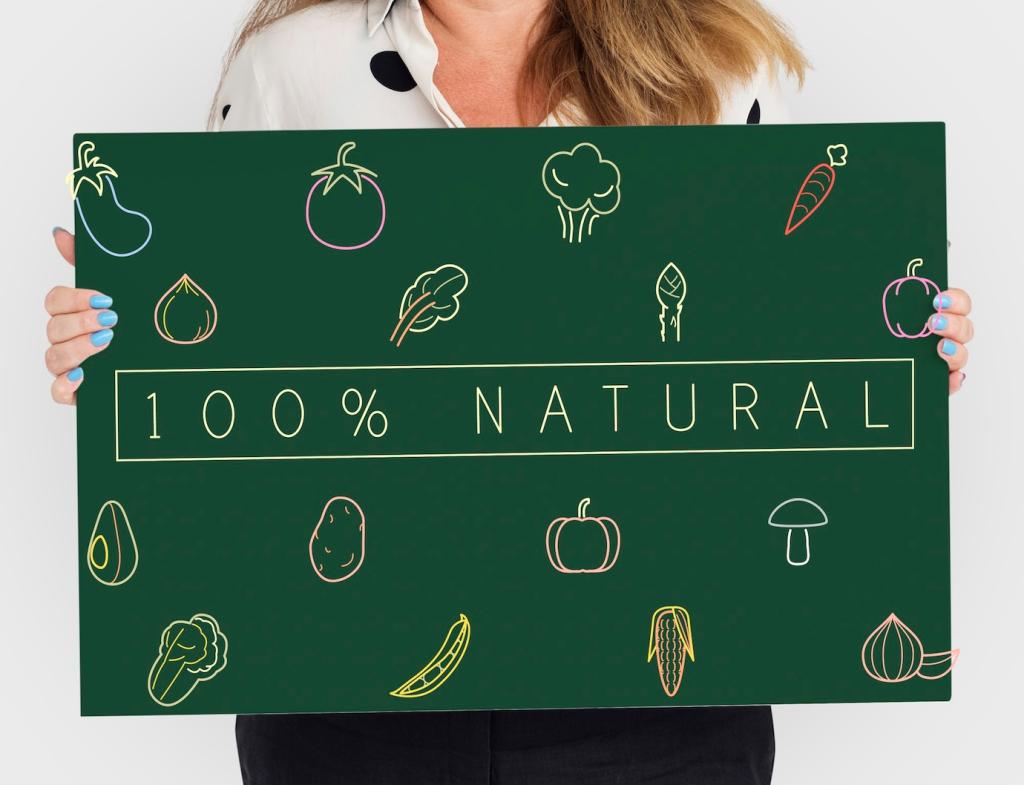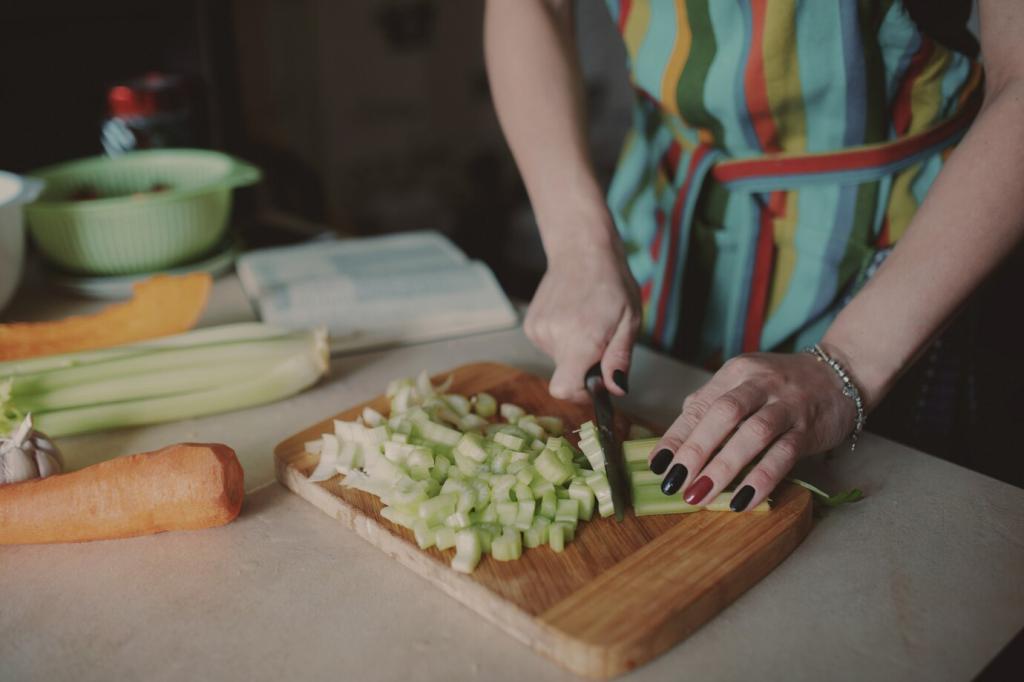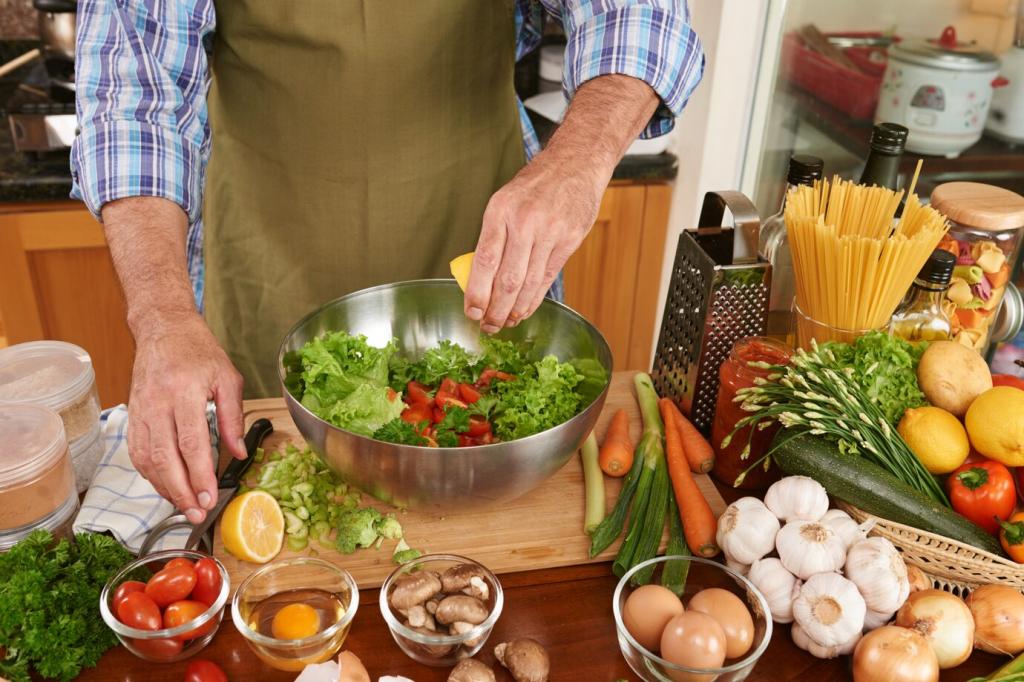Sourcing Ethics and Farmer Partnerships
Cookbooks that encourage direct farm purchases—through CSAs or market stands—shorten the path from field to frying pan. Fresher produce means fewer additives and better texture, while farmers keep more value. If you have a trusted stand or cooperative, drop their name in the comments and help another reader buy better.
Sourcing Ethics and Farmer Partnerships
Labels like organic, biodynamic, or fair trade signal standards, but stories create understanding. Sustainable cookbooks translate certifications into practical meaning: fewer pesticides, healthier soil, safer conditions. Readers learn to weigh trade-offs and shop intentionally. What label or story has guided your choices lately? Your insight could guide a neighbor.





